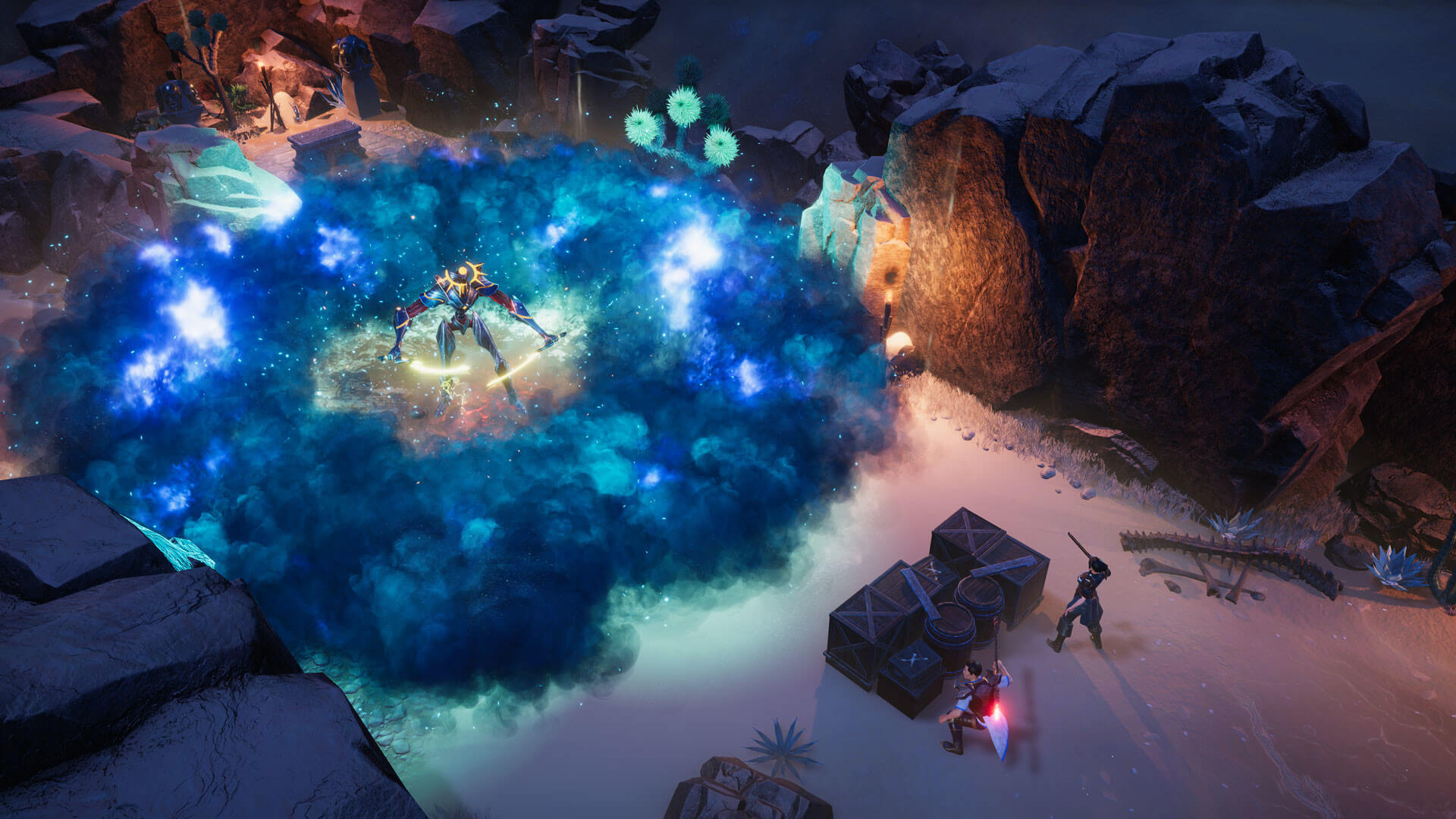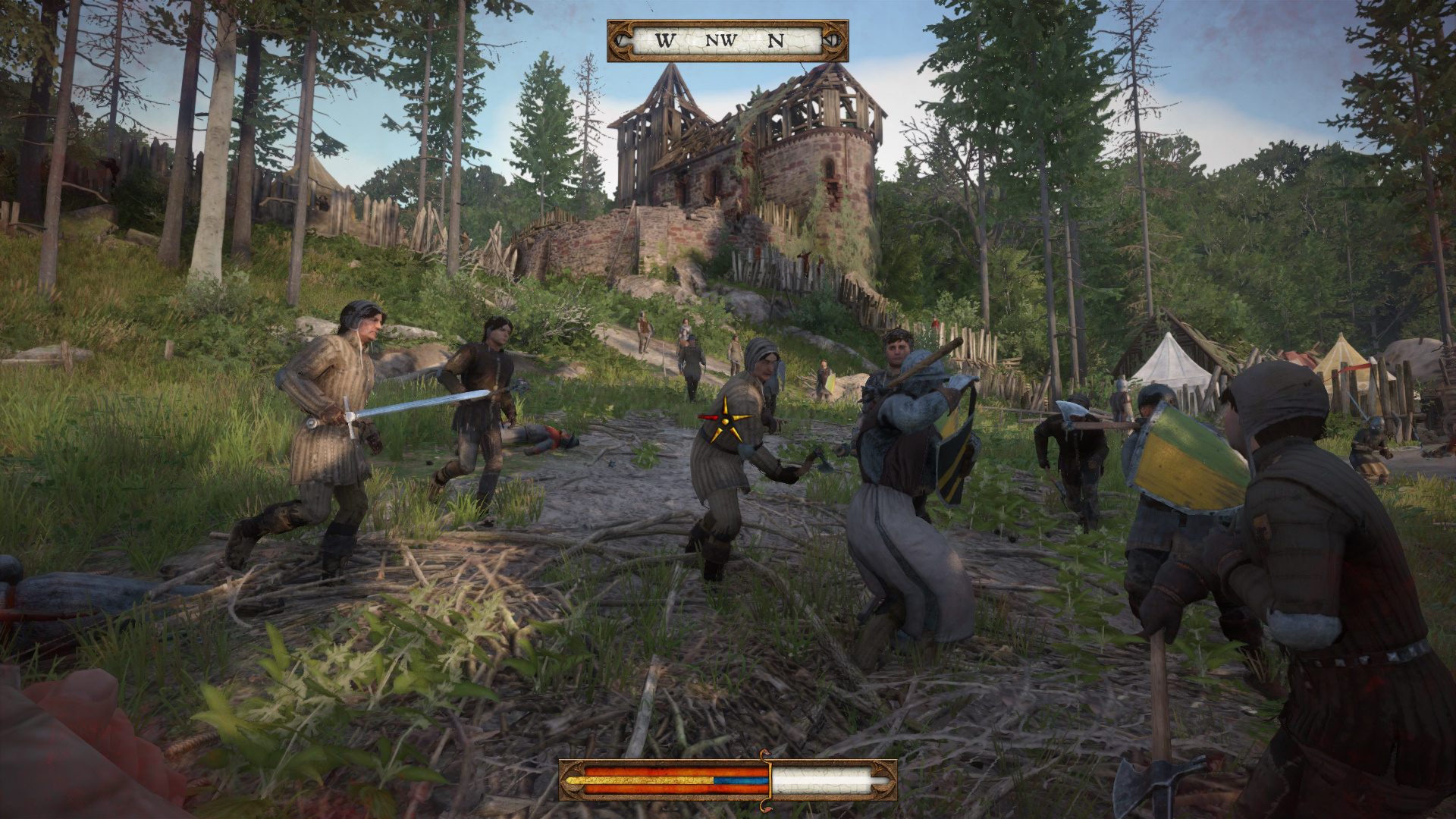Players appreciate the non-linearity in games because it allows them to enjoy that the game reacts to their actions and gives the impression that the entire game world is in their control. However, a non-linear game with many parallel lines of choices is challenging to create, and only some developers go for such a move.
But why? It is such a good idea at first glance. But the answer lies on the surface: most players who run the game will only go through it once and only see a little of the content. If you create five parallel storylines, the effort to make four will disappear.
Sure, you can hint to the player that they have yet to see a fifth of all the content to encourage them to go through the game again, but that only sometimes works. So, in this article, we’ll analyze how to create the feeling of non-linearity in linear role-playing games to save a lot of effort, time, and finances.
Creating the illusion of non-linearity
Let’s start at the beginning – properly introducing the protagonist into the game. Imagine you’re developing a very standard RPG without any unique gameplay mechanics. To intrigue the player, you can, for example, not reveal the character’s identity from the beginning and not let the player create it at the beginning.
You can bring the story to some situations where the player can choose class and character. For example, please make it so that the title starts with a castle siege, and at first, the gamer has to play as a nameless knight, but once the siege is over, allow the player to choose the class, gender, and appearance of the character.

What else can you do? For example, do some job on random events, and you can make them affect the situation. For example, the hero on his way can meet a merchant engaged in repairing his wagon. If the player decides to help him by doing the corresponding quest, the merchant will remember this, and at the next meeting in another location, he will remember this deed and give a discount.
If you’ve taken on events, then you must pay attention to the quests – both the main and the secondary ones. Suppose that during the time in the city, the main character is attacked by some monster, which first destroys the guild of heroes to the town (where the main character grew up and trained), and all its members are hurt by the attack and are lying in the infirmary.
Once the hero defeats the beast, he must restore the guild, but he cannot do this alone. And here is where the choice comes in: the player can turn to the other two city guilds for help: wizards or mechanics. It is possible only to choose one guild – cooperation with, for example, wizards automatically lead to the blocking of potential collaboration with the mechanics, resulting in the player missing content.
But that’s how it will look only at first. It will be possible to access the interaction with the rejected guild later, for example, by completing a specific quest. Of course, no hints about this should be given to the player because he will quickly lose interest. He will randomly choose a guild to interact with, knowing that he will catch up with the lost content later.
And lastly, let’s look at another method you can use to add impressiveness to the game. This can be done with the support of the characters’ reactions to the protagonist’s actions. As for the specific example, when a player receives a quest from the mayor of the city, one of the city council members will remember this circumstance and give the hero a valuable artifact.

